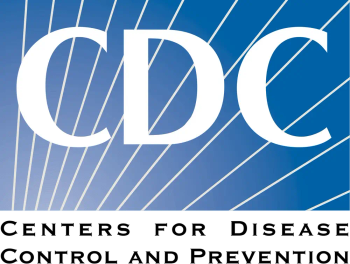
Fidaxomicin Effective for Helping Patients Achieve Symptomatic Cure of C difficile Infection
Fidaxomicin and vancomycin are effective first-line therapies for Clostridium difficile, yet fidaxomicin may be more effective for achieving sustained symptomatic cure.
Fidaxomicin and vancomycin are effective and potentially curative first-line therapeutic options for Clostridium difficile, according to a
“To our knowledge, this study provides the most up-to-date and comprehensive synthesis of evidence for pharmacological treatment of C difficile,” the investigators, led by Venkataraman Subramanian, MD, wrote. Although their study demonstrated that fidaxomicin has the strongest evidence for improving the odds of C difficile patients in achieving a symptomatic cure, the data also indicate that both ridinidazole and teicoplanin “could potentially be effective treatments for these infections; however, their routine implementation should await results from larger trials.”
A systematic literature search was performed to identify published and unpublished clinical trials focused on treatments for non-multiply recurrent CDIs. All studies reported primary cure and recurrence rates. A meta-analysis was then performed to pool efficacy data of the treatments across the patient population.
For the primary outcome, study investigators looked for whether fidaxomicin resulted in a sustained symptomatic cure. The primary outcome was defined as the total number of C difficile patients who had resolved diarrhea minus the number of total patients with C difficile recurrence or mortality.
A total of 24 trials were evaluated, which included 5361 patients with C difficile who received 13 different therapies, most of which were antibiotics. The treatments included in the analysis were cadazolid, rifaximin, nitazoxanide, LFF571, teicoplanin, ridinidazole, bacitracin, surotomycin, fusidic acid, tolevamer, vancomycin, metronidazole, and fidaxomicin.
Fidaxomicin was found to be significantly better than vancomycin for achieving the primary outcome (odds ratio [OR] 0.67; 95% CI 0.55-0.82). Teicoplanin also showed superiority to vancomycin in regard to improving patients’ odds of achieving a sustained symptomatic cure (OR 0.37; 0.14-0.94).
Compared with metronidazole, teicoplanin (OR 0.27; 95% CI 0.10-0.70), ridinilazole (OR 0.41; 95% CI 0.19-0.88), fidaxomicin (OR 0.49; 95% CI 0.35-0.68), surotomycin (OR 0.66; 95% CI 0.45-0.97), and vancomycin (OR 0.73; 95% CI 0.56-0.95) were significantly better at achieving the primary outcome. In addition, treatment with bacitracin trended toward inferiority to fidaxomicin (OR 0.40; 95% CI 0.17-0.94) and teicoplanin (OR 0.22; 95% CI 0.06-0.77). Tolevamer, however, was inferior to each treatment except for bacitracin (OR 0.67; 95% CI 0.28-1.58) and LFF571 (OR 0.50; 95% CI 0.18-1.39).
Limitations of the analysis included the assessment of mostly industry-funded studies as well as the analysis of studies which looked at monotherapies and therapies no longer in clinical development.
The investigators also noted that fidaxomicin, when used as a first-line treatment for CDIs, is
Newsletter
Stay ahead of emerging infectious disease threats with expert insights and breaking research. Subscribe now to get updates delivered straight to your inbox.



















































































































































































































































































